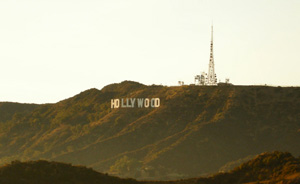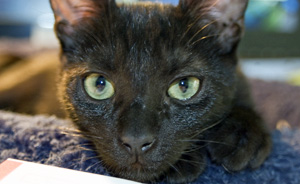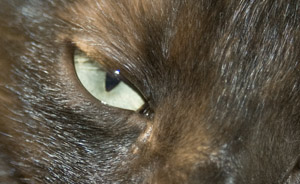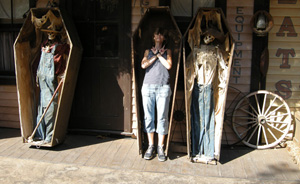Camera Shots and Angles
A Little Definition..
The view of a camera .. Pretty Simple?
SOOO.... Let's watch a video
http://www.youtube.com/watch?v=dhbZRc2tntg&noredirect=1 - This video pretty much sums all the angles and shots up in a nutshell.. if you have the time, please do hit up the link and watch it. This guy is a master in photography and camera techniques, for all you budding film makers out there!
Extreme Long Shot;

The extreme long shot on the left is taken from a distance, but denotes a precise location - it might even connote all of the entertainment industry if used as the opening shot in a news story.
Long Shot;
This is the most difficult to categorise precisely, but is generally one which shows the image as approximately "life" size ie corresponding to the real distance between the audience and the screen in a cinema (the figure of a man would appear as six feet tall). This category includes the FULL SHOT showing the entire human body, with the head near the top of the frame and the feet near the bottom. While the focus is on characters, plenty of background detail still emerges: we can tell the coffins on the right are in a Western-style setting, for instance.
Medium Shot;

Close Up

Extreme Close Up

So there are some pretty detailed explanations about the different kinds of shots movie directors would use in TV Drama's or Films. I will post a blog later today showing examples of these shot's used in the Film-Making Business.
BUT
Let's move on to ANGLES..
Birds Eye View
Pretty much what it says on the tin!
High Angle
Not so extreme as a bird's eye view. The camera is elevated above the action using a crane to give a general overview. High angles make the object photographed seem smaller, and less significant (or scary). The object or character often gets swallowed up by their setting - they become part of a wider picture.
Eye Level
A fairly neutral shot; the camera is positioned as though it is a human actually observing a scene, so that eg actors' heads are on a level with the focus. The camera will be placed approximately five to six feet from the ground.
Low Angle
These increase height (useful for short actors like Tom Cruise or James McAvoy) and give a sense of speeded motion. Low angles help give a sense of confusion to a viewer, of powerlessness within the action of a scene. The background of a low angle shot will tend to be just sky or ceiling, the lack of detail about the setting adding to the disorientation of the viewer. The added height of the object may make it inspire fear and insecurity in the viewer, who is psychologically dominated by the figure on the screen.
Oblique/Canted Angle
Sometimes the camera is tilted (ie is not placed horizontal to floor level), to suggest imbalance, transition and instability (very popular in horror movies). This technique is used to suggest POINT-OF-View shots (ie when the camera becomes the 'eyes' of one particular character,seeing what they see — a hand held camera is often used for this.
So there we have it! Camera shots and Angles in a Nutshell




No comments:
Post a Comment